
views
Feeding Your Himalayan

Choose a high-quality cat food. Most commercial cat foods will provide your Himalayan with adequate nutrition, but a high-quality food will help to ensure that your cat looks and feels his best. Look for a cat food that lists meat (not just a meat by-product) as the first ingredient. If you are unsure about whether or not a food is high-quality, ask your veterinarian for a recommendation. Make sure that the cat food you choose contains taurine. This is an essential amino acid that all cats need. Only feed your cat a food that is specially formulated for cats. Other foods may not have the nutrients and amino acids that your cat needs to be healthy. This may lead to heart and vision problems for your cat.
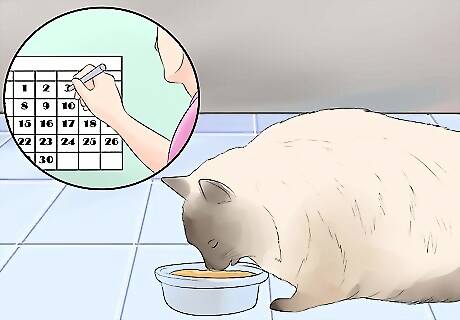
Set up a regular feeding schedule. To keep your Himalayan at a healthy weight, you will need to create a feeding schedule and stick with it. Free-feeding (placing food out and allowing your cat to eat whenever he wants) can cause your cat to become overweight. That is why it is ideal to feed your cat a measured amount of food twice per day. Use your cat's weight and age to determine how much food to give for each feeding. The food that you purchase for your Himalayan should indicate how much food to give your cat for his weight and age. For example, a cat that weighs five to nine pounds needs about 1/3 to 2/3 of a cup of dry food per day. A cat that weighs between 10 to 14 pounds needs about 2/3 of a cup to one cup of food per day. If you are not sure about the amount to give your cat, then ask your veterinarian for a recommendation. Split the amount of food that you are supposed to give your cat every day into two or three feedings because cats prefer smaller meals. For example, you might give your eight pound cat 1/3 of a cup of food in the morning and 1/3 of a cup of food at night. If your cat weighs 12 pounds, then you might give him 1/2 cup of food in the morning and 1/2 cup of food at night.

Provide plenty of fresh, clean water. Your Himalayan will need to have access to fresh, clean water at all times. Make sure that you place the water somewhere that is easy for your cat to access and that is not near a litter box. Cats do not like to eat or drink near their litter boxes. Change your cat's water at least once per day.

Give your Himalayan treats. You can purchase special kitty treats in pet stores and grocery stores, just make sure that you do not give your cat too many of these treats. Too many treats may cause your cat to become overweight or lead to picky eating habits. Offer him a few treats per day, but make sure that treats do not make up more than 10% of his daily calories. Give your cat a little piece of turkey, chicken, fish, or lean deli meat now and then. Cats are natural carnivores so they tolerate these foods well. Just make sure that the meat has been cooked to protect your cat from harmful bacteria. Try making some treats for your cat using canned tuna.
Grooming Your Himalayan
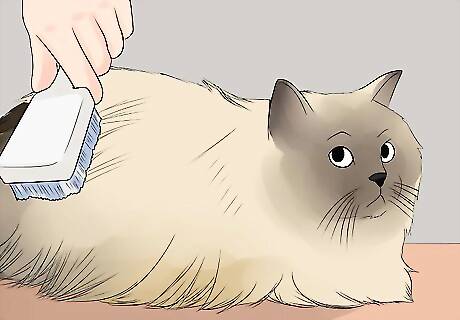
Brush your Himalayan's fur daily. Use a stainless steel comb or a wire brush to groom your Himalayan's fur every day. If you do not brush your Himalayan every day, it is likely that she will become matted. Matting can be painful for your cat and frustrating for you to deal with as well. Brush your cat daily from a young age so that she will be used to it. Offer your cat lots of praise and give her a treat after the grooming session so that she will like grooming even more. Start by brushing your cat's back with a wire slicker brush and then move to the sides of her body. Make sure that you brush your cat's tummy, chest, and tail with the slicker brush as well. If you encounter any tangles, switch to the stainless steel greyhound comb and use it to break up the tangles. Work from the bottom of the tangle and then move the comb a bit closer to your cat's skin as you loosen it.
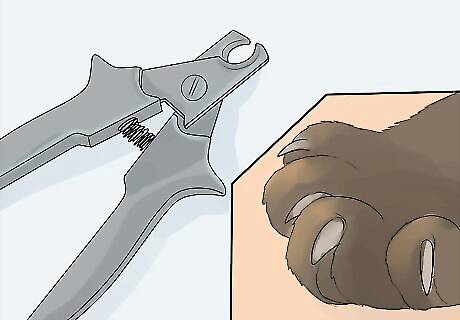
Trim your Himalayan's claws. Most cats will wear down their own claws by scratching and moving around. If your Himalayan is not active or does not use scratching posts often, then you may need to trim her claws once every few weeks. When trimming your cat's claws, make sure that you only trim the white tips, not the pink parts further down the claw. Use a special guillotine style pet nail trimmer to trim your cat's nails. You can also take your cat to a groomer to have her nails trimmed.

Clean your Himalayan's teeth. Caring for your Himalayan's teeth will help to prevent serious dental issues down the road. If possible, brush your Himalayan's teeth once per day. If your Himalayan is a kitten, then start brushing her teeth now to get her used to it. Make sure that you use a special cat toothbrush and cat toothpaste. Human toothpaste contains fluoride, which is toxic to cats.
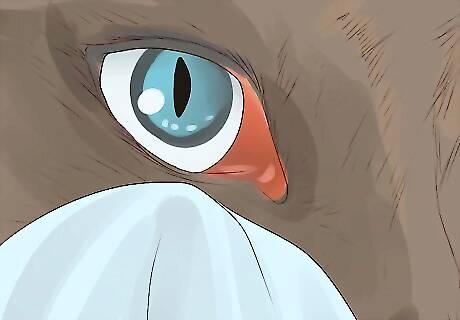
Wipe the area around your Himalayan's eyes. Some Himalayan cats have problems with staining beneath their eyes, so you should wipe your Himalayan's eyes daily to prevent this from happening. Use a soft moist cloth to wipe the area around your Himalayan eyes once per day. Make sure that you dry the area as well.
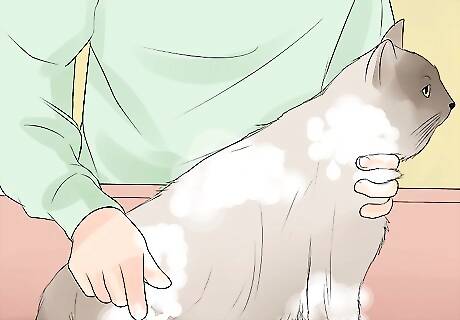
Give your Himalayan regular baths. Himalayans have lots of fur, so regular baths are essential to keeping them clean. Bathe your Himalayan from a young age so that she will be more likely to accept it. If you plan to show your Himalayan, then you may need to bathe her every other day to keep her fur in excellent condition.
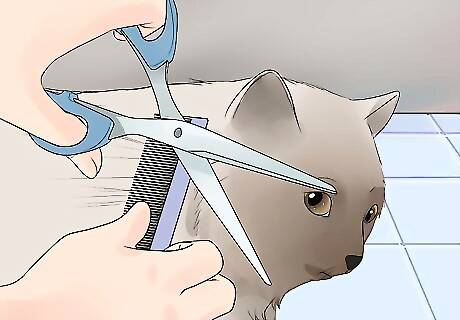
Take your Himalayan to a cat groomer if needed. If your Himalayan's fur ever becomes matted, then you will need to take her to a cat groomer for a trim. Make sure that you choose a groomer who knows how to groom long-haired cats. Keeping your Himalayan's fur trimmed short can also be a good way to keep her clean and mat-free if you do not have time for daily brushing. Just keep in mind that each visit to the groomer will cost around $35 to $50.
Providing Entertainment and Comfort
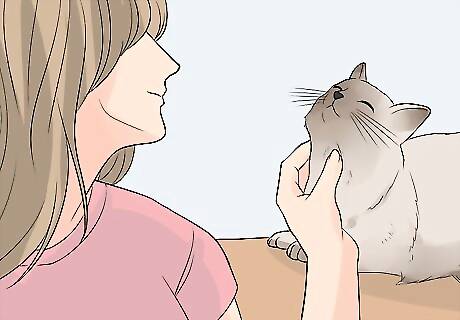
Prepare for a constant companion. Himalayans love to have lap time, so expect to have a companion on your lap while you work and relax. Himalayans are quite fond of their human companions and will want to be wherever you are. Your Himalayan may even follow you from room to room and try to “help” you with things. Himalayans require lots of affection and attention, so make sure that you take time to pet your Himalayan every day.
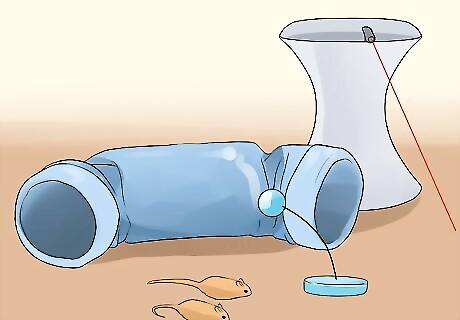
Give toys. Himalayans are intelligent cats that require stimulation to be happy. They are happy to play with everyday objects, such as crumpled piece of paper, but you should also get some special toys for your Himalayan. Try getting a puzzle toy that will let your Himalayan earn a treat when he figures it out.
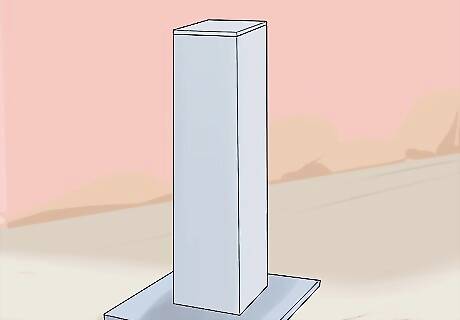
Set up a scratching post. Scratching is an instinctive behavior for cats, but they may sometimes try to scratch things that you do not want them to scratch. To protect your furniture from scratching, you will need to make sure that your Himalayan has some appropriate places to scratch. Try getting some corrugated cardboard scratching boards or setting up a few upright wooden scratching posts around your house. If you ever catch your Himalayan scratching the furniture or carpet, do not punish him. Just pick him up and take him to the nearest scratching post. Rubbing a bit of catnip on the scratching post may make it more attractive to your Himalayan.
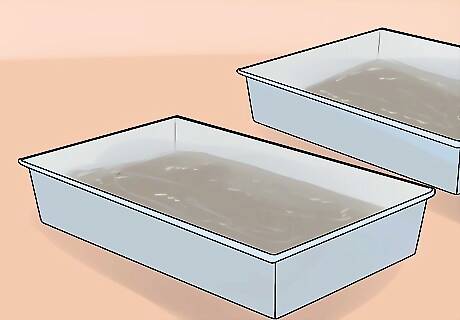
Place a couple of litter boxes in your home. Make sure that your Himalayan has access to clean litter boxes at all times. Fill the boxes with about two inches of a fine-grained clumping clay cat litter. You will need to scoop the litter box daily and change the litter twice per week. You should have one more litter box than the total number of cats in your home. For example, if you have two cats, then you need three litter boxes. If you have a Himalayan kitten, then you will need to teach her how to use the litter box.
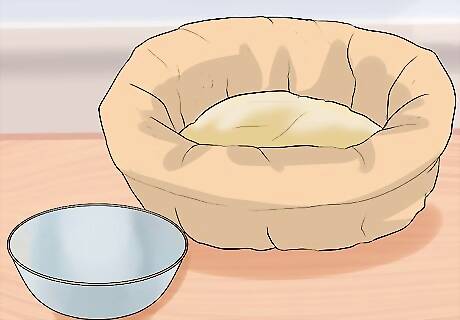
Provide a soft bed for your Himalayan to sleep in. Himalayans spend most of their time on their humans' laps, but your Himalayan will also need a place to sleep when you are busy or not at home. Get a cushy cat bed for your Himalayan to sleep in whenever she feels like it.
Protecting Your Himalayan's Health

Take your Himalayan to see a veterinarian. Himalayans require vaccinations like all other cats, so make sure that you take your Himalayan to see a veterinarian right away. Your cat will also need to be tested for feline leukemia and have a thorough physical exam as well. Following this first appointment, you will need to make sure that your cat receives booster shots and that she has veterinary exam every year.
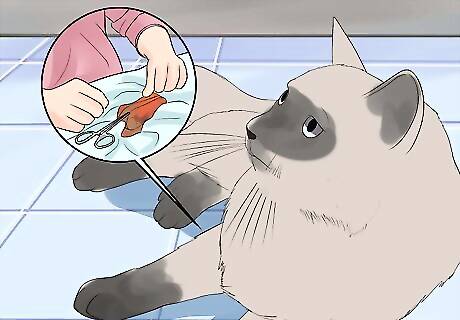
Spay or neuter your Himalayan. If you do not plan to breed your Himalayan, then you should have your cat spayed or neutered to help prevent unwanted kittens. The cat population is already out of control and there are not enough homes for all of them, so spaying and neutering your cats is a good way to help prevent pet homelessness.
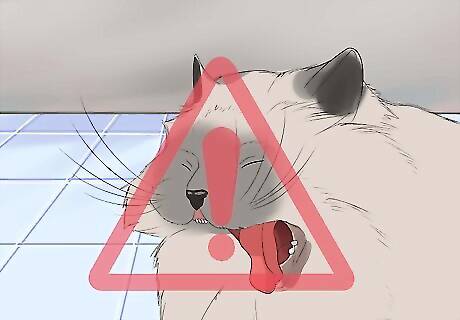
Watch for breathing problems. Himalayans are prone to respiratory problems because of their flat faces, so you will need to watch for breathing difficulties. Tell your cat's veterinarian if you notice that your Himalayan is wheezing or seems to be having a hard time breathing.
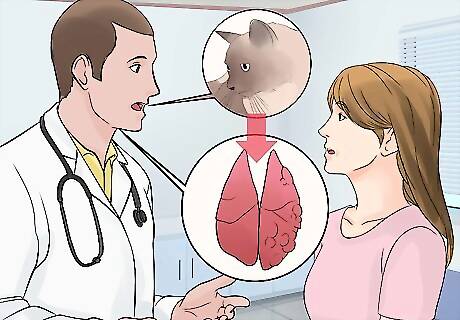
Ask your cat's veterinarian to check your cat for PKD. Polycystic kidney disease (PKD) is more common in Himalayans than other types of cats. The breeder should be able to provide proof that neither of your cat's parents had this disease, but you can also have your cat checked by your veterinarian. To detect PKD, your cat's veterinarian can perform a DNA test or an ultrasound.



















Comments
0 comment